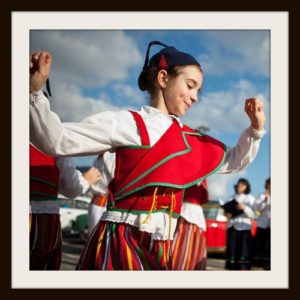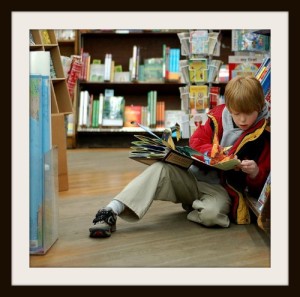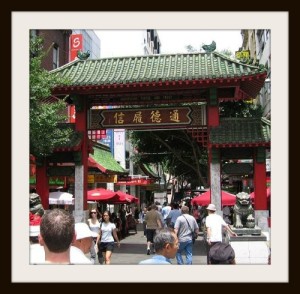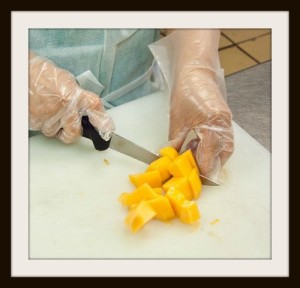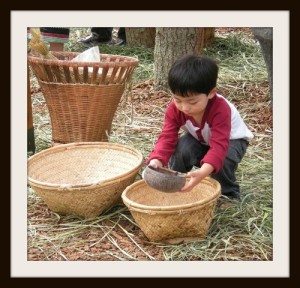Cultural Studies is tremendously important. Children should be exposed to other cultures and places from the present day and the past. This gives learners a whole lot of foundation for experiencing the global marketplace that is our world today and functioning successfully in the future. This article will give you ideas to create rich and meaningful experiences for your child or children in the area of social studies. By utilizing the resources found in video, books, real world experiences and more, your child will have the opportunity to learn so much about history and the world today.
- museums, (always a great resource for EVERYTHING)
- cultural events & festivals (always a bunch going on in big cities – many for free)
- restaurants (to experience ethnic foods)
- ethnic areas (china town) and cultural centers
- visitor centers (at churches, religious or cultural schools and towns)
- zoos (animals from different regions)
Eat New Foods from the place you are studying!
Children need to experience things that they have seen in the books and video to process and internalize information. You can even take some of the books along so that when the child makes connections, they can refer where they remember it in the book! This will hopefully spark more discussions by comparing the photos to the real things.
- a tray of dirt, water, grass, sticks, rocks and animal toys from a specific region
- a table with fans, kites and paper lanterns with glue and culturally authentic supplies for decorating
- a sand table with bones, pieces of pottery, trinkets, hand shovel, hand rake and paintbrush for archaeological dig.
- Any sensory bins, library area, and art projects do well
